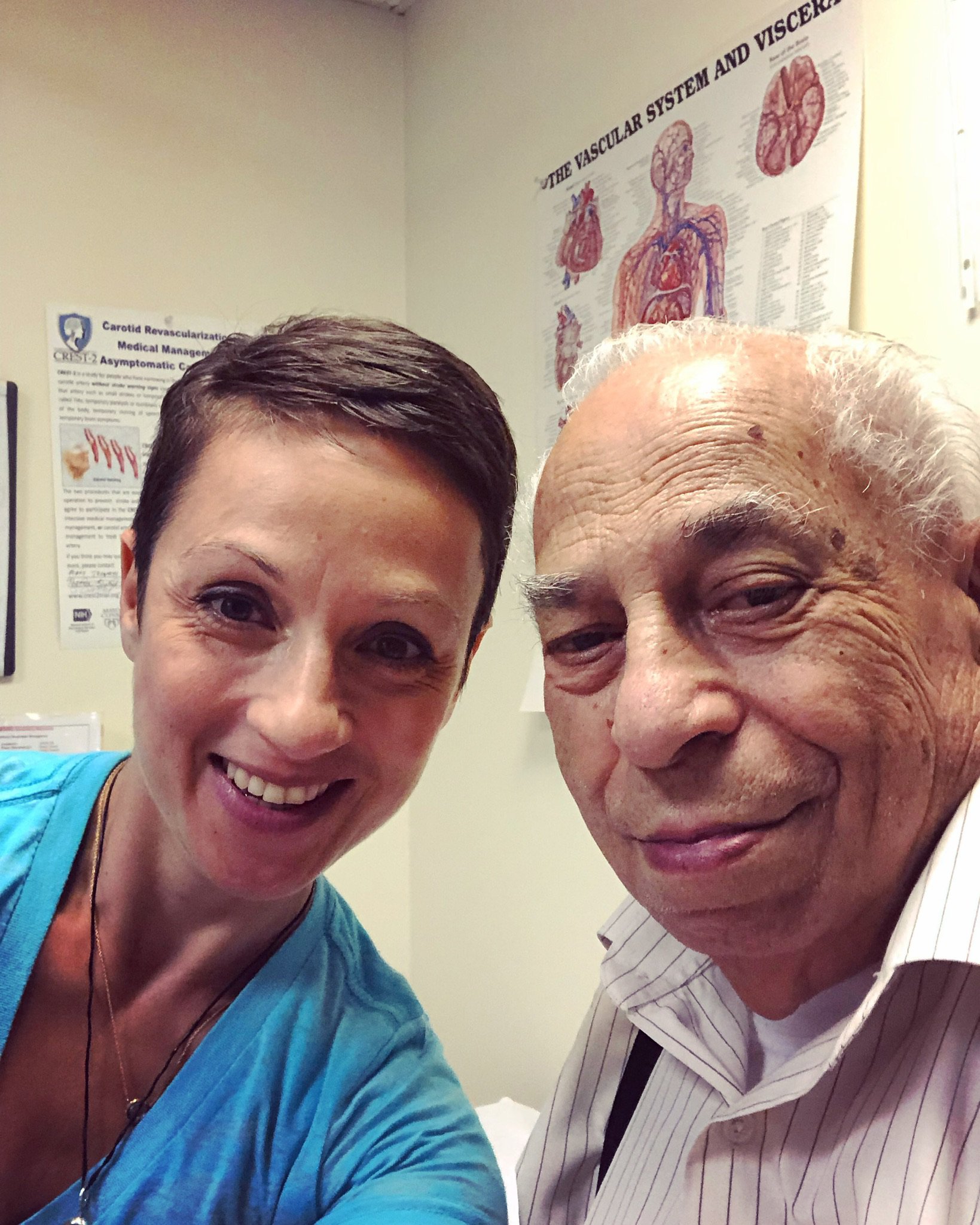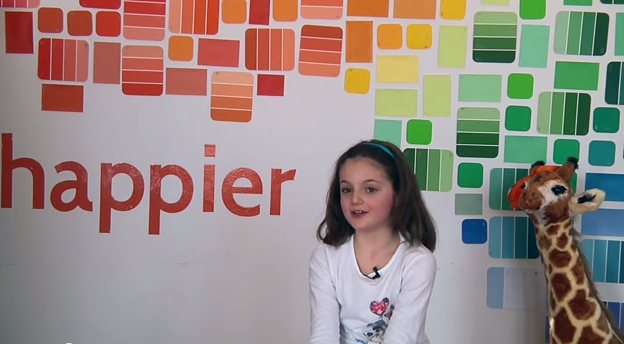

“What’s the advice when you just want to cry and/or sleep and don’t want to deal with people? And vacation or quitting your job is not an option. I’m having a day. OK, a week.”
This text from a friend popped up on my phone as I was sitting in a circle with about 40 other entrepreneurs. In a few minutes, I would do a talk titled: “How to keep your sanity as your build your company.”
My friend’s text came in just as I was glancing over my outline. As soon as I read it, I did two things:
First, I replied to her. (I’ll tell you what I wrote in a bit, promise.)
Second, I changed my outline.
“I want to talk to you guys about bad days,” I said as soon as I got into my talk.
“We all have them, and while I’ve been an entrepreneur for a decade, only recently have I allowed myself to be honest about having a bad day -- with myself and with others.”
I paused, looked around, and saw a lot of understanding eyes and nodding heads.
“As entrepreneurs we think we have to be stoic heroes, always up, energized, ready to change the world. It’s this taboo thing to admit that we have bad days, that we feel sad, discouraged, confused, or just completely beat up by life.”
There was a lot more nodding.
“But we can’t fake it forever. No one can. The pain collects. At some point it overpowers us. And bad days become a string of really awful days, weeks, and months. I’ve been there and want to tell you guys that the first step to feeling better on a bad day is to acknowledge that you’re going to have a bad day.”
It’s taken me a decade as an entrepreneur and four decades as a human being to learn this, but I’m certain about it: The first step to feeling better -- happier, more at peace, less stressed -- on a bad day is to accept that you’re having a bad day and allow yourself to have one.
The worst thing to do -- and I’ve been completely brilliant at doing this for most of my life -- is to create a struggle between how we feel and how we think we should feel. So much frustration and unhappiness lives right in that space: the space between how things are and how we have imagined they should be.
Thing is, there isn’t some universal feelings authority that dictates how we should feel. Sometimes we have bad days. They aren’t pleasant and we would rather not have them. But when we do, the first step to not feeling worse is to allow ourselves to feel whatever we feel and acknowledge that we feel it.
Which is the first thing I wrote to my friend when I replied to her text. (Well, technically second thing. First I sent her a virtual hug.)
And which is the first step in the Bad Day Survival Checklist that I came up with the following day.
In part, because I was inspired by all the discussion after my talk. And in part, because I was having a really rough day and found myself sinking under the weight of the anxiety that seemed to have no end in sight.
So here it is, my Bad Day Survival Checklist:
Step 1: Check in
Pause and take a breath. Yes, really, an actual deep breath. Feel what you feel and allow yourself to feel what you feel. Acknowledge that you’re having a rough day. And then give yourself permission to have a bad day. Literally, say to yourself: “Today is a rough day. It’s OK to have one. I’m letting myself have a bad day.”
Step 2: Adjust the day
Look at what you have to get done during the day and if possible -- and I realize it may not always be possible -- adjust. If you can avoid making huge decisions, having really critical meetings, or being in a situation where you have to do your absolute best, do it.
Step 3: Positive prime with gratitude
Write down three things you appreciate about your day. Make these very specific. They can be really, really small, but the key is that they are specific -- less “I’m happy I’m alive” and more “I am grateful that I can afford to buy really good coffee.”
The magic of gratitude practice is that it literally shifts the chemistry of our brains and helps us feel more positive. This is positive priming. You have all these bad thoughts and feelings swirling inside and the best way to tamper them is to shift your attention to positive ones.
Step 4: Blast your stress with kindness
The best way to feel better is to do something kind for someone else. This goes for all days, but especially for days when you’re getting swallowed up by your own negative feelings. Text a friend to check in, do someone a favor at work, buy a coffee for the person next in line, hold the door open for someone, pay someone a compliment -- there is no kindness act too small. And since research shows that you feel better when you group a few kindness acts together, when I have a rough day I literally like to think of blasting my negative mood with many acts of kindness.
Step 5: Go for a walk (as close to nature as you can get)
The first benefit of going for a walk is to shift your perspective, literally. Look at different things, feel your body move, inhale some fresh air. If you can catch some sun or get a bit of nature into your walk, even better. A recent scientific study showed that going for a walk in nature can stop negative, obsessive thoughts (aka those thoughts that often fill our heads when we’re having a rough day).
Bonus step: Nourish yourself
Eat something you really enjoy (but stay away from junk food, since that’s hardly nourishing.) Read a few pages from a book that makes your heart feel good. Look at photos on your phone that make you smile. Put on something you really love to wear. Treat yourself to your favorite latte or some other fancy coffee/tea/juice drink that feels like a bit of luxury.
Be extra nice to yourself just like you would to a friend who is having a rough day. You deserve your own kindness.
Don't miss your happier boost!
Subscribe to our weekly email to get practical tips and inspiration to help you feel more joyful and resilient.


